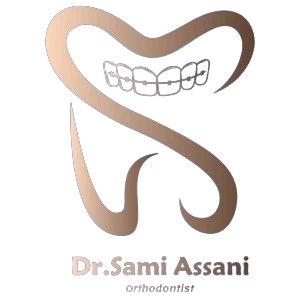Clear aligners have been developed to treat a wide range of dental issues, both simple and complex. They have gained popularity due to their discreet appearance compared to traditional braces, making them a preferred choice among patients and dentists alike.

Conditions Treatable with Clear Aligners
- Deep Bite:
- Occurs when the upper front teeth cover more than 30% of the lower front teeth.
- Crossbite:
- Occurs when one or more of the lower teeth protrude past the upper teeth instead of fitting inside them.
- Open Bite:
- Occurs when the upper and lower teeth do not meet completely in the front or back when the mouth is fully closed.
- Spacing Issues:
- Occurs when there are unwanted gaps between the teeth.
- Crowded Teeth:
- Occurs when there is insufficient space in the jaw for the teeth to align properly.
- Excessive Protrusion of Teeth:
- Occurs when the upper front teeth are significantly prominent.
Limitations of Clear Aligners
While clear aligners are effective for many conditions, there are limitations. Cases requiring extensive surgical adjustments or involving major structural issues in the jaws may not be suitable for clear aligner treatment. In such situations, other treatment methods may be necessary.
Who Can and Cannot Use Clear Aligners?
Understanding the conditions treatable with clear aligners helps determine who can benefit from them. Generally, adults and teenagers with alignment or bite issues can use clear aligners. However, a consultation with a dentist is essential to determine if clear aligners are the best option for the specific case.
